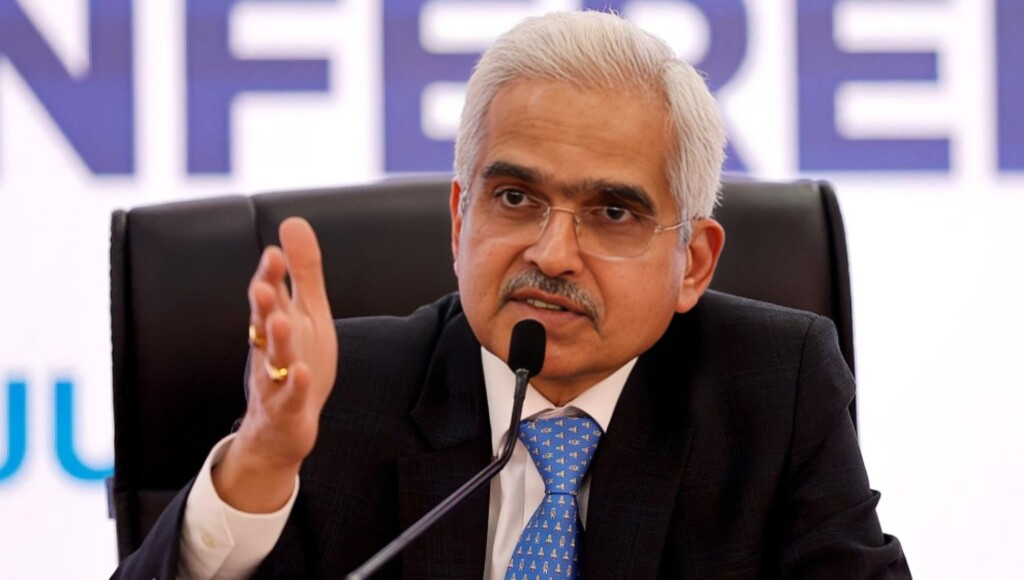Shaktikanta Das, the Governor of the Reserve Bank of India (RBI), announced the bi-monthly monetary policy statement on Thursday, August 8, maintaining the repo rate at 6.5%, which is the rate for short-term loans to banks. The Governor indicated that inflation and economic growth are progressing in a balanced manner, although caution is necessary regarding food prices. During the Monetary Policy Committee (MPC) meeting, the majority of members voted to keep the rates unchanged, with four in favor and two opposed.
Following the announcement, Mr. Das will conduct a press conference at 12 p.m. on Thursday, which will be broadcast live on the RBI’s X handle. While addressing the Bombay Chamber of Commerce and Industry, the RBI Governor projected a real GDP growth rate of 7.2% for the current financial year. Additionally, the RBI has revised its Consumer Price Index (CPI) inflation forecast for FY25 to 4.4%. Mr. Das noted that a reduction in retail inflation is anticipated due to the improvement in the southwest monsoon.
Agriculture will push consumption
Mr. Das projected retail inflation at 4.5% for FY’25, noting that enhanced agricultural activities are likely to improve rural consumption, contingent upon a normal monsoon. He remarked, “The persistence of elevated food prices has hindered the disinflation process in the first quarter of FY’25.” He further indicated that high food inflation would influence household inflation expectations.
“While the overall inflation trajectory is expected to moderate, we anticipate continued easing; however, vigilance is essential. The RBI will maintain a nimble and flexible approach in its liquidity management operations.” He urged the Monetary Policy Committee to remain alert, as the nation is experiencing consistently high food inflation, while asserting that the Indian financial system remains robust, bolstered by broader macroeconomic stability.
Rupee remains largely range-bound in August
In August, the Indian Rupee exhibited a largely stable performance within a defined range. The Governor urged banks to exercise caution, noting that a reduction in deposits could lead to structural liquidity challenges for these institutions. He also voiced concerns regarding the increasing issuance of top-up home loans, advising lenders to implement corrective measures. “The Current Account Deficit is expected to remain easily manageable throughout this fiscal year. As of August 2, India’s foreign exchange reserves reached an unprecedented high of $675 billion,” the Governor stated.
Additionally, the Reserve Bank of India (RBI) suggested the establishment of a public database for digital lending applications to monitor unauthorized entities. The RBI also increased the limit for tax payments via UPI from ₹1 lakh to ₹5 lakh. Furthermore, the central bank has enhanced the reporting frequency for banks to Credit Information Companies from once a month to every two weeks. The RBI has also proposed measures to expedite cheque clearance to a matter of hours.
Anuj Puri, Chairman of Anarock Group, commented on the recent decision by the Reserve Bank of India to maintain the repo rate at 6.5% for the ninth consecutive time, stating that this move is in harmony with the recent announcement regarding indexation benefits. He emphasized that this decision fosters a favorable environment for the housing sector. By keeping interest rates stable, borrowing costs remain predictable, encouraging more prospective homebuyers to take action, which is likely to enhance demand within the housing market. The stability in interest rates will ensure that equated monthly installments (EMIs) remain affordable for both current and future homeowners, potentially resulting in a rise in home sales, especially within the budget-conscious affordable housing segment.
